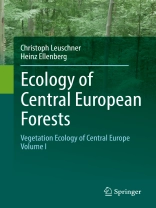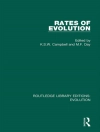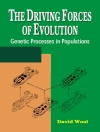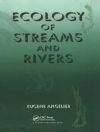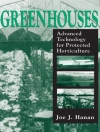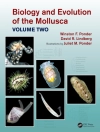This handbook in two volumes synthesises our knowledge about the ecology of Central Europe’s plant cover with its 7000-yr history of human impact, covering Germany, Poland, the Netherlands, Belgium, Luxembourg, Switzerland, Austria, Czech Republic and Slovakia. Based on a thorough literature review with 5500 cited references and nearly 1000 figures and tables, the two books review in 26 chapters all major natural and man-made vegetation types with their climatic and edaphic influences, the structure and dynamics of their communities, the ecophysiology of important plant species, and key aspects of ecosystem functioning. Volume I deals with the forests and scrub vegetation and analyses the ecology of Central Europe’s tree flora, whilst Volume II is dedicated to the non-forest vegetation covering mires, grasslands, heaths, alpine habitats and urban vegetation. The consequences of over-use, pollution and recent climate change over the last century are explored and conservation issues addressed.
Jadual kandungan
Part I. The natural environment and its history.- 1. Environmental and historical influences on the vegetation of Central Europe.- 2. Life forms and growth types of Central European plant species.- PART II. THE ROLE OF MAN.- 3. The Central European vegetation as the result of millennia of human activity.- PART III. General ecology of Central European forests.- 4. Abiotic conditions, flora, ecosystem functions and recent human influence.- PART IV. FOREST AND SHRUB FORMATIONS.- 5. Beech and mixed beech forests.- 6. Mixed broadleaved forests poor in beech outside of floodplains or mires.- 7. Pure and mixed coniferous forests.- 8. Forest plantations and clearings.- 9. Woody vegetation of floodplains and swamps.- 10. Epiphyte vegetation.- 11. Forest edges, scrub, hedges and their herb communities.- 12. Syntaxonomic overview of the vascular plant communities of Central Europe: Forest and scrub formations.
